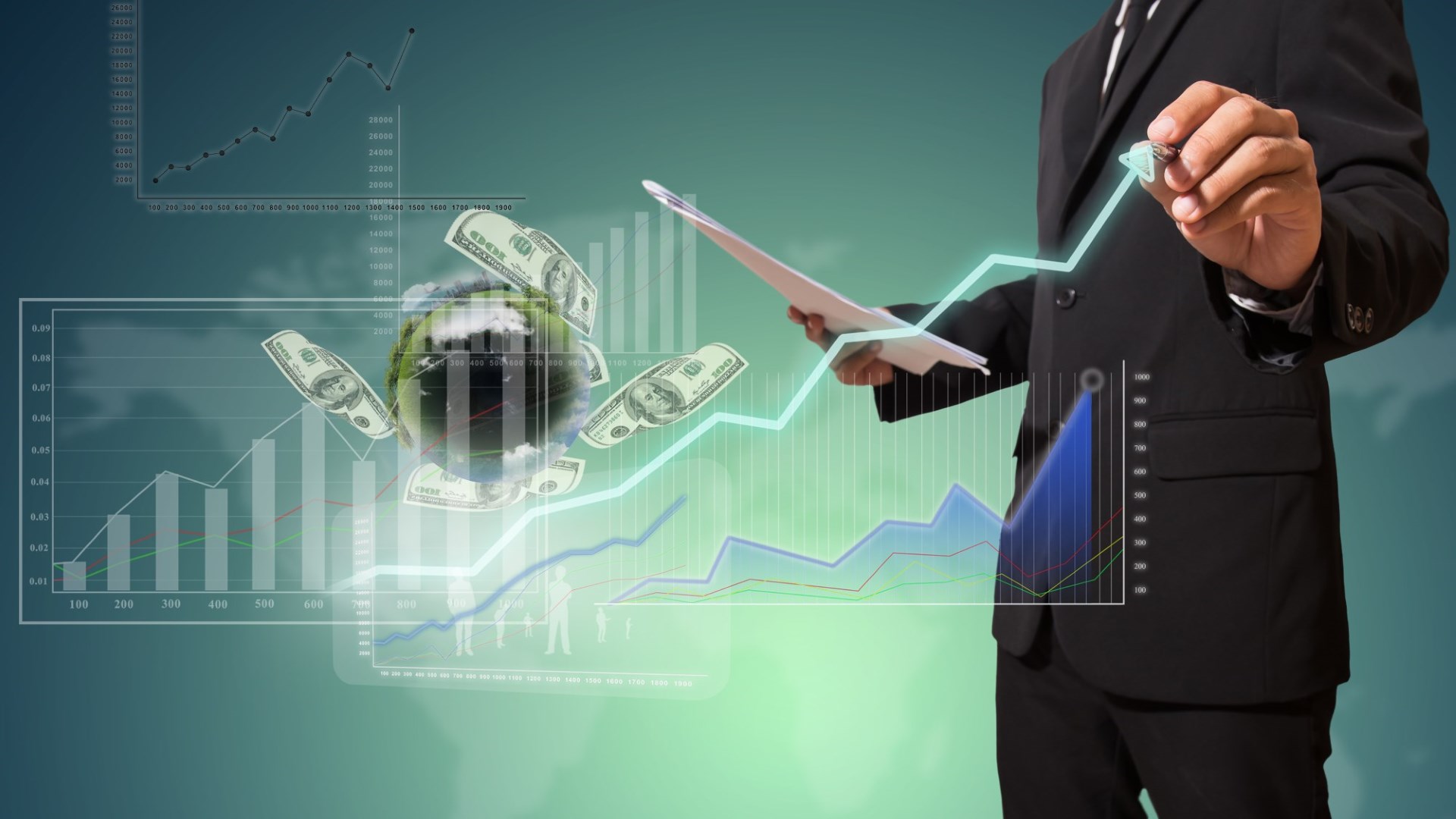pre-market period, Uber Technologies, Inc. (UBER stock price) traded more than 3 percent, after posting a higher than expected $1,02 loss per share in the second quarter 2020. The sales declined to 2,24 billion dollars a year, 29% over the year, a small decrease in the consensus of 2.18 billion dollars, backed by a 113% growth in service delivery. Core ride share profits declined by an astonishing 56% a year, underlining caution from customers that could last as long as the pandemic runs.
Uber and competitor Lyft, Inc. (LYFT) are in support of a lawsuit brought by the Office of the Labor Commissioner to impose the current regulations on drivers and not private contractors. There are high stakes, based on continued position of independent contractors for the ride-shares business model. In a merger that is scheduled to close by 2021, Uber is aiming to diversify to minimize risk, as evidenced by the acquisition of Postmates in July.
Uber arrived in May 2019 at $42.00 and entered a brief upward trend in June which posted an overall high of $47.08. The resulting slowdown cut the opening print of the IPO in August and sparked a downward trend in the mid-20s of November. Buyers gained over by 2020, but the upside remained still at a new resistance that was weaker than the last, in advance of a pandemic swoon in March 2019.
Average Moving
A rebound into the second quarter remounted broken support in the mid-$20s, building a trading floor that could get checked in coming months. In June, the stock was above the amount of Fibonacci recycling for three months, and reduced to a rectangular consolidation with the exponentially changing averages of 50 and 200 days that were close-line (EMAs). The reversing of the spread on Friday takes the chances of selling pressure in the sponsored range to almost $30.
The accumulation-distribution measure for balancing volume (OBV) reached a new height in February and rode into a surge of distribution stopping at the low in March 2019. The previous peak was the good purchase stresses of June, ahead of a holding trend at the confessional this week. OBV now has an accumulation over the red line encouraging a price rise to $30 or $40 in the top or bottom cup pattern of UBER stock price.
The rise in the second quarter reversed in June, which strengthened opposition in the centre of 30 dollars, in expectation of vigorous selling straining in the top 20 dollars of July. At that price range, the stock has developed a small base, which could break up into high volume if the firm announces a higher than predicted loss. You can get more information like cash flow at https://www.webull.com/cash-flow/nyse-uber.
Disclaimer: The analysis information is for reference only and does not constitute an investment recommendation.

